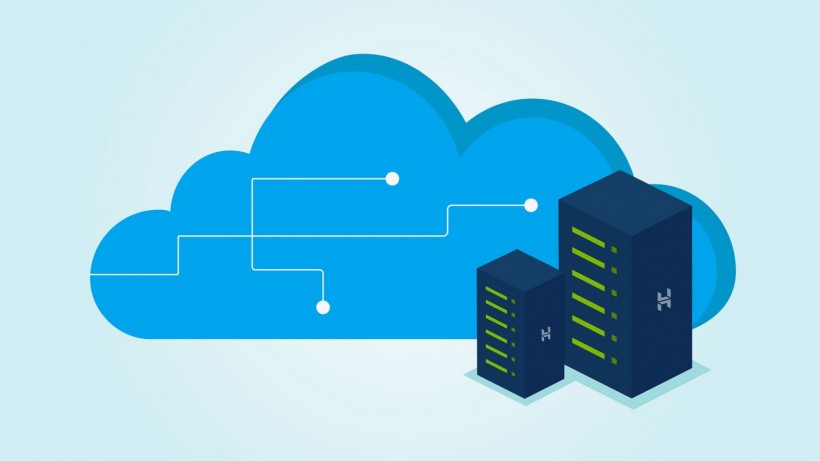
(Photo : William from Pixabay)
SharePoint is a powerful collaboration and document management platform developed by Microsoft. It enables organizations to store, organize, and share information in a secure and efficient manner. One common task for organizations using SharePoint is data migration - the process of transferring data from one storage location, system, or environment to another.
Why Migrate to SharePoint?
There are various reasons why organizations opt for SharePoint migration. Some of these include:
-
Improved collaboration capabilities
-
Enhanced security features
-
Streamlined document management
-
Compliance with industry regulations
-
Reduced costs and increased efficiency
Factors to Consider for a Successful SharePoint Migration
To ensure a smooth and successful SharePoint data migration, there are several key factors you need to take into account:
Analyzing Your Current Data
Identifying Data Types
Before embarking on a SharePoint migration, it's essential to understand the different types of data within your organization. This may include documents, web content, images, videos, and more. By identifying the various data types, you can better plan and prepare for the migration process.
Cleaning Up Old and Redundant Data
Over time, organizations tend to accumulate redundant, outdated, or trivial (ROT) data. It's crucial to clean up and remove this unnecessary data before migrating to SharePoint to avoid clutter and improve efficiency. Regularly auditing and purging old data can also free up valuable storage space.
Establishing a Clear Migration Plan
Defining Goals and Objectives
Before starting a SharePoint migration, set clear goals and objectives for the project. These may include improving collaboration, increasing security, or streamlining document management. By setting specific targets, you can effectively measure the success of the migration and ensure that it aligns with your organization's needs.
Creating a Migration Timeline
A well-defined timeline is essential for a successful SharePoint migration. This should outline the various phases of the project, including planning, testing, execution, and post-migration support. Allocating enough time for each phase helps minimize the risk of errors and ensures a smooth transition.
Choosing the Right Migration Tools
Evaluating Tool Features
There are numerous SharePoint migration tools available on the market, with Tzunami being a leading expert in this field. When selecting a tool, consider features such as ease of use, automation capabilities, and support for different data types. Additionally, look for tools that provide robust error handling, reporting, and monitoring features to help you track the progress and troubleshoot any issues that may arise during the migration.
Considering Scalability
When choosing a migration tool, it's essential to think about your organization's future growth. Select a tool that can accommodate an increasing volume of data and users, ensuring that the migration process remains smooth and efficient as your organization expands.
Ensuring Security and Compliance
Implementing Proper Permissions
As part of the SharePoint migration process, it's crucial to establish appropriate permissions for users and groups. This helps ensure that sensitive data is only accessible to authorized personnel, maintaining a high level of security and compliance within your organization.
Adhering to Compliance Standards
Depending on your industry, there may be specific compliance standards that your organization needs to meet. During the SharePoint migration process, ensure that your data is stored, managed, and protected in accordance with these regulations to avoid penalties and maintain a strong reputation in your field.
Providing Adequate Training and Support
Training End-Users
To maximize the benefits of SharePoint, it's essential to provide adequate training for end-users. This includes teaching them how to navigate the platform, access relevant documents, and collaborate effectively with colleagues. By equipping your team with the necessary skills, you can improve productivity and user satisfaction.
Offering Continuous Support
Migration to SharePoint is not a one-time event. It's crucial to provide ongoing support for end-users, addressing any concerns or issues that may arise post-migration. This includes regular updates, troubleshooting assistance, and continuous training to ensure that your organization fully harnesses the power of SharePoint.
Conclusion
A successful SharePoint data migration requires careful planning, consideration of various factors, and the use of appropriate tools and resources. By analyzing your current data, establishing a clear migration plan, choosing the right migration tools, ensuring security and compliance, and providing adequate training and support, you can achieve a seamless transition and fully capitalize on the benefits of SharePoint.
* This is a contributed article and this content does not necessarily represent the views of hngn.com








